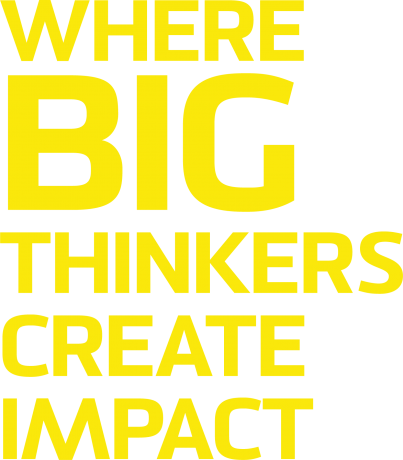
Michelle Simmons, Scientia Professor of Physics, UNSW Sydney
2018 Australian of the Year

Michelle Simmons, Scientia Professor of Physics, UNSW Sydney
2018 Australian of the Year
From pioneering quantum physicists to celebrated immunologists, record-breaking engineers and ambitious undergraduates, every member of our research community is committed to the pursuit of new knowledge.
UNSW Sydney has always been known for trailblazing research across a range of different fields. Our researchers have improved the state of our drinking water through the development of innovative water filtration technologies; helped the vision impaired by creating the world’s first hypoxia-free contact lens; and secured pay rises for low-income workers—the majority of whom were women—through the development of a ground-breaking skills assessment toolkit. These amazing achievements represent only a few a few out of thousands across fields such as medicine, law, physics, computing, architecture and the social sciences.
Steeped in tradition, UNSW is also squarely focused on the future. Our interdisciplinary programs, with an emphasis on collaboration, and pursuit of mutually beneficial partnerships with government and industry, set us apart.
That’s why when it comes to disrupting the status quo, and unlocking the knowledge of tomorrow, UNSW is uniquely placed to thrive.
100
UNSW Higher Degree Research Candidates come from over 100 different countries
750
UNSW graduated approximately 750 Higher Degree Research Candidates in 2016
2957
Academics are currently supervising Higher Degree Research Candidates as of this term
3880
Higher Degree Research Candidates enrolled in 2017
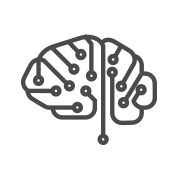
Quantum computing’s enormous potential for pattern recognition will lead to powerful forms of Artificial Intelligence.

Quantum computer simulations will allow researchers to test and develop cures to diseases that are incurable today.

Through the in-depth study of the world’s natural processes, scientists will be able to develop sustainable energy sources.

Quantum computing will allow more thorough interrogation of financial data, and the isolation risk factors, leading to better investment advice.
Quantum computing is an incredibly complex field, led by a handful of leading physicists, engineers and mathematicians across the globe, and UNSW Sydney is leading the quantum computing race in good company:
In 2012, UNSW Sydney researchers, led by Professor Michelle Simmons, created the world’s smallest transistor from a single atom. Professor Simmons’ team is currently leading the global race to build the world’s first quantum computer in silicon.
IBM Q is a global initiative to develop commercially viable quantum computers. Currently, members of the IBM Q project across the globe can access a 20 quibit system, and the company recently prototyped a 50 quibit system.
Google has been working with NASA on a combined quantum computing effort that has resulted in, first, the operation of a DWave 2 and, now, a DWave 2X processor at the NASA Ames Research Center in Mountain View, California.
In January 2018, Intel unveiled Tangle Lake, a superconducting test chip featuring 49 quibits. Quantum experts consider 50 quibits to represent the moment at which ‘quantum supremacy’—quantum computing’s ability to outperform classical computers—could be realised.